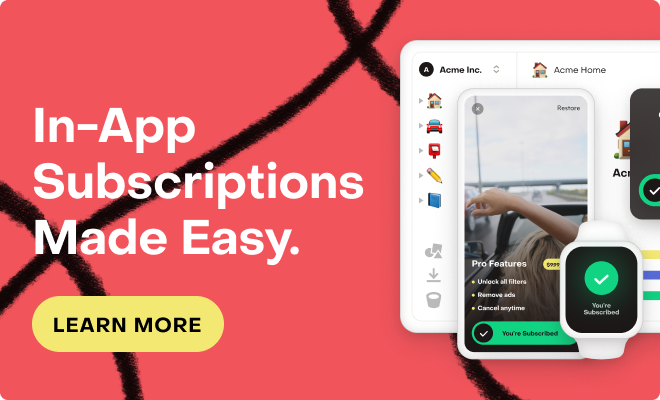In my mind the only way this would be possible is by looking inside the unified receipt and determine if that user was subscribed for more than a year, then apply the reduced percentage to the next transaction.
Yup! This is the basics of it, but it gets a little more complicated with subscription groups, free trials, grace periods, small business program, and other considerations. The calculation RevenueCat uses is not secret sauce, it’s based off of the rules Apple provides in their subscription guidelines below:
85% Net Revenue After One Year
The net revenue structure for auto-renewable subscriptions differs from other business models on the App Store. During a subscriber’s first year of service, you receive 70% of the subscription price at each billing cycle, minus applicable taxes. After a subscriber accumulates one year of paid service, your net revenue increases to 85% of the subscription price, minus applicable taxes.
Here’s how it works:
- Auto-renewable subscriptions on all Apple platforms are eligible.
- Days of paid service include all subscription offer types (introductory, promotional, and offer codes) with paid pricing options (pay as you go, pay up front).
- Free trials and renewal extensions are excluded from days of paid service.
- Days of paid service are specific to each subscription group.
- Upgrades, downgrades, or crossgrades between subscriptions in the same subscription group do not affect the one year of paid service.
- If you’re currently enrolled in the App Store Small Business Program, you receive 85% of the subscription price at each billing cycle (minus applicable taxes), regardless of whether or not the subscription has accumulated one year of paid service.
If a subscription expires due to a cancellation or billing issue, the days of paid service stop accumulating. If the subscription is renewed within 60 days, the days of paid service resume from the recovery date.
Source: https://developer.apple.com/app-store/subscriptions/





